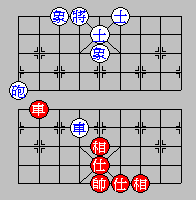
R89 c15
R95 c51
R59 c15
R95 c51
R59 ...
.
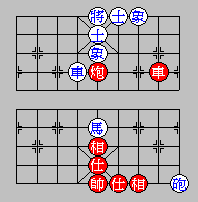
R21 c98
R12 c89
R21 c98
R12 ...

R89 c15
R95 c51
R59 c15
R95 c51
R59 ...
.

R21 c98
R12 c89
R21 c98
R12 ...
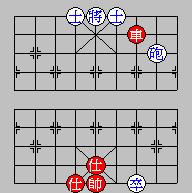
R32 c83
R27 c38
R72 c83
R27 c38
R72 ...
.
.

R63 c73
R37 c37
R73 c73
R37 c37
R73 ...
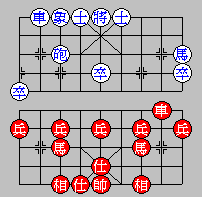
R27 c37
R73 c73
R37 c37
R73 c73
R37 ...

R8+1 c1+1
R8-1 c1-1
R8+1 c1+1
R8-1 c1-1
R8+1 ....
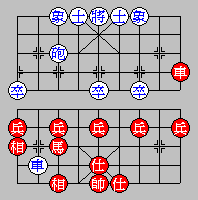
R17 c38
R72 c83
R27 c38
R72 c83
R27 ...